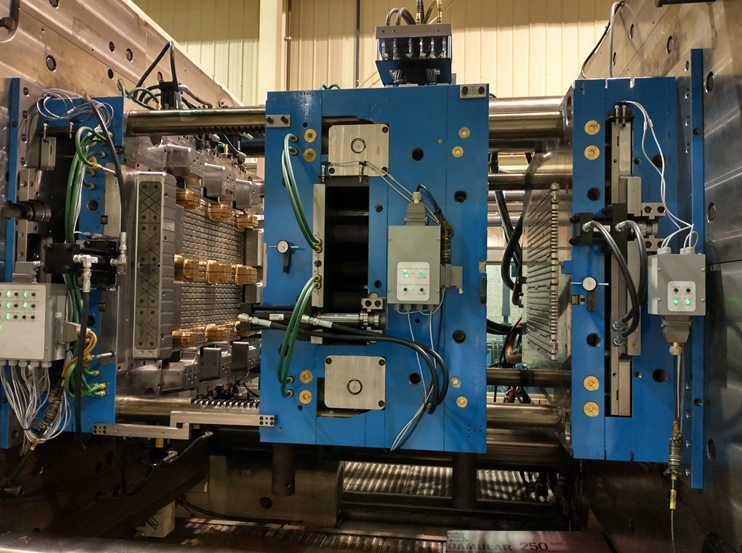Creating Large-Scale Plastic Molds: A Step-by-Step Guide
Plastic molding is a process that involves creating plastic parts by injecting molten plastic into a mold. Large-scale plastic molding is used in various industries, including automotive, medical, and consumer goods. To create a large-scale plastic mold, several steps must be followed. In this article, we will outline the steps required to create a large-scale plastic mold.
Step 1: Design the Mold
The first step in creating a large-scale plastic mold is to design the mold. The mold can be designed using computer-aided design (CAD) software. The key to a successful mold design is to ensure that it is robust enough to withstand the injection molding process. The mold must also be designed to meet the desired part specifications, such as size, shape, and surface finish.
Step 2: Create the Mold
After the mold has been designed, the next step is to create the mold. The mold can be created using various materials, including aluminum, steel, or a combination of materials. The choice of mold material will depend on the part specifications, the number of parts required, and the expected lifespan of the mold.
Step 3: Install the Mold
Once the mold has been created, it must be installed into the injection molding machine. The machine must be set up to meet the part specifications, such as the temperature, pressure, and injection speed. The mold must also be secured properly to prevent any movement during the injection molding process.
Step 4: Inject the Plastic
Once the mold has been installed, the plastic can be injected into the mold. The plastic is melted in the injection molding machine and then injected into the mold cavity. The plastic is then allowed to cool and solidify within the mold. Once the plastic has solidified, the mold can be opened, and the part can be removed.

Step 5: Finish the Part
After the part has been removed from the mold, it may require additional finishing. This can include trimming excess plastic or adding surface finishes, such as paint or texture.
Step 6: Test the Part
The final step in creating a large-scale plastic mold is to test the part. The part must be tested to ensure that it meets the desired specifications, such as size, shape, and strength. The part must also be tested to ensure that it can withstand any intended use or application.
In conclusion, creating a large-scale plastic mold requires several steps, from designing the mold to testing the final part. Each step must be done carefully to ensure that the final part meets the desired specifications and can withstand its intended use. With proper planning and execution, a high-quality plastic mold can be created for use in various industries.
-
Creating Massive Plastic Molds: A Comprehensive Guide
2023-10-25
Introduction The world of manufacturing has witnessed a transformative evolution with the advent of advanced technologie...
세부 정보보기 -
How do metal insert molds play a role in manufacturing?
2024-11-26
Metal insert molds play an important role in the manufacturing industry. They not only improve the production efficiency...
세부 정보보기 -
Medical Mold: A Hidden Risk in Healthcare Facilities
2023-7-9
Introduction Healthcare facilities are designed to promote healing and provide a safe environment for patients. However,...
세부 정보보기 -
Designing an Efficient Plastic Chair Injection Mold: A Comprehensive Guide
2023-12-20
Injection molding is a widely used manufacturing process for producing plastic products. One common application of this ...
세부 정보보기 -
China Injection Mold Manufacturing: The Key to Efficient and High-Quality Production
2023-5-25
Injection mold manufacturing is a crucial process in the production of plastic and metal parts. It is a method used to c...
세부 정보보기







